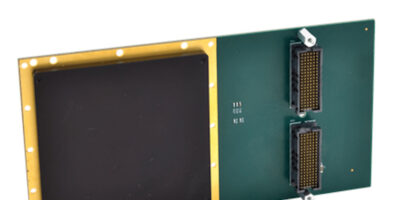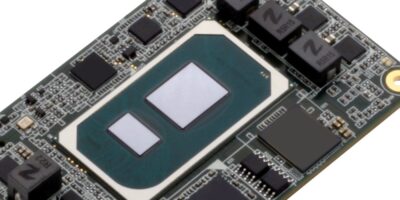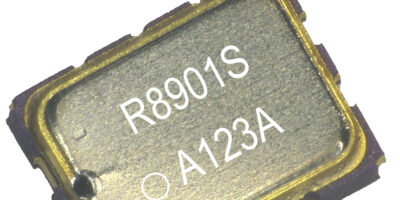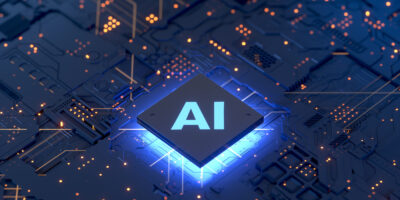A rear I/O version of Acromag’s 10GbE network interface card (NIC) mezzanine module is now available. The XMC633 module offers KX4 backplane connections to Intel’s XL710 Ethernet controller.
The XMC633 offers two independent 10Gbit Ethernet (GbE) interface ports with 10GBASE-KX4 protocol. The XMC mezzanine card mounts on VME, VPX, PCIe and other embedded computing carrier boards. An Intel XL710 Ethernet controller provides network connectivity with off-load and virtualisation capabilities. The rear I/O model XMC633 routes two KX4 interfaces to the P16 connector and is compatible with conduction-cooling frames.
The XMC633 joins two other models available from Acromag. The XMC631 model has four SFP+ front panel connectors for fibre optic or copper media transceivers, and the rear I/O model XMC632 routes two XAUI interfaces to P16. Optional VITA 61 connectors enable PCIe Gen3 data rates across eight high speed serial lanes on the XMC P15 connector.
The XMC modules are designed for commercial off the shelf (COTS) applications, particularly in defence, aerospace, industrial, and scientific research computing systems. They operate in the extended temperature range of -40 to +85 degrees C.
The XMC modules optimise network performance with intelligent off-loading, virtualisation and advanced traffic direction. The XL710 Ethernet controller, when paired with a Xeon-D processor provide a balanced hybrid modules for compute and off-load capabilities to optimise performance and reduce bottlenecks, added Acromag. For example, with TCP stateless off-loads, the XL710 demonstrates leading performance compared with TOE solutions without restricting feature usage, claimed the company.
Other features include precision timing, energy efficient Ethernet (EEE) and dynamic load balancing. Advanced traffic steering capabilities increase transaction rates and reduce latency, added Acromag.
In rugged systems, the dual KX4 or XAUI interface offers low-cost, low-power 10GbE chip-to-chip communication over the backplane. The four front I/O SFP+ ports support 10GBASE-SR, 10GBASE-LR, 10GBASE-T and 10GSFP+Cu connections.
Software support is available for Linux and Windows systems.







